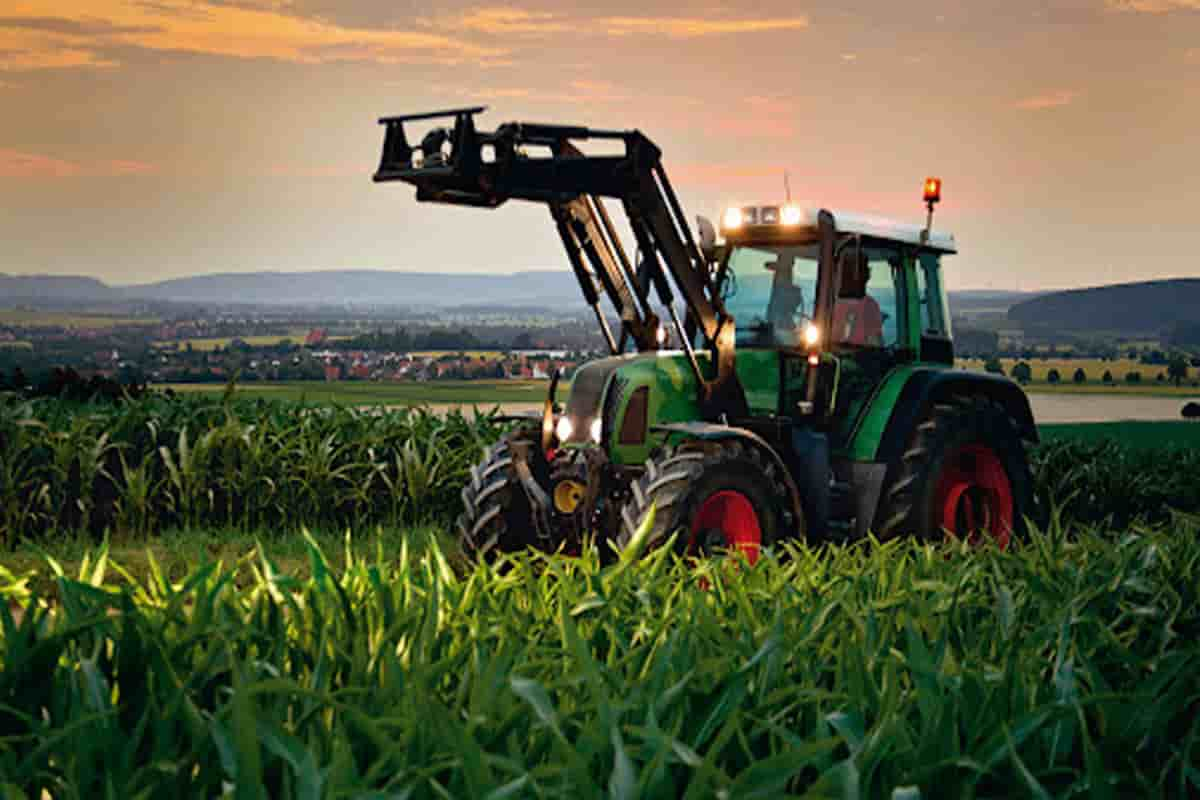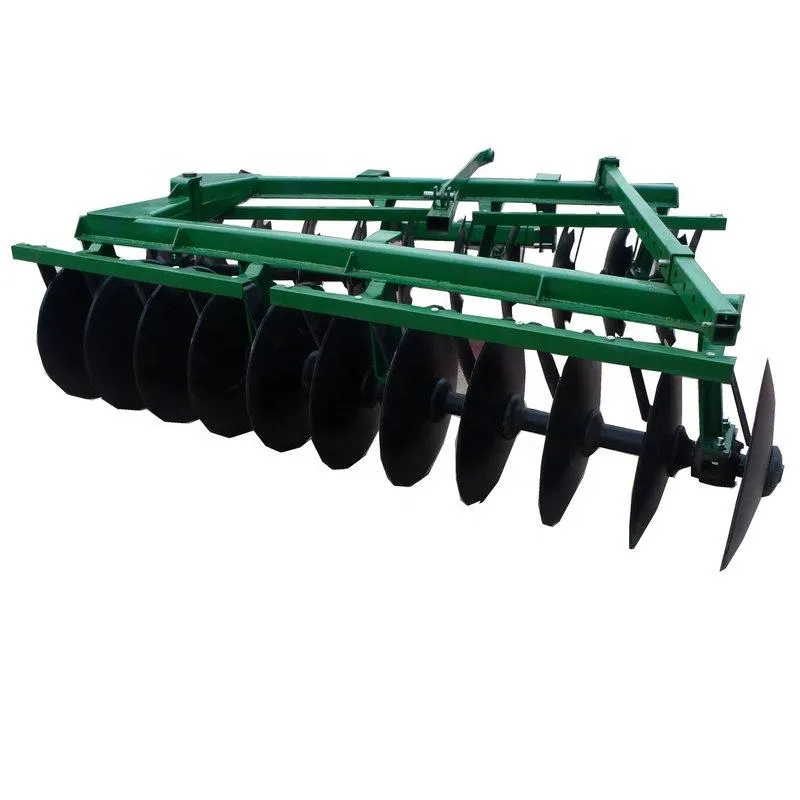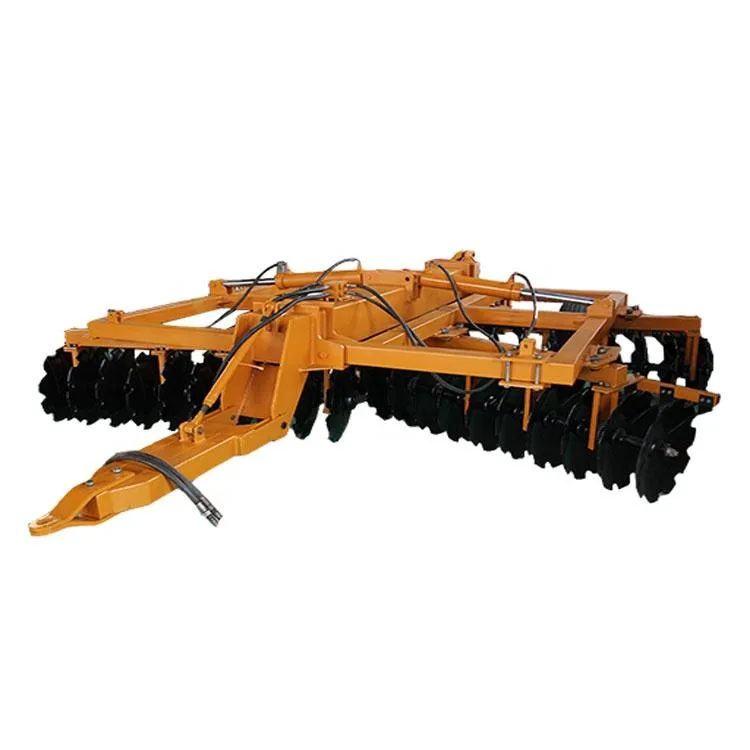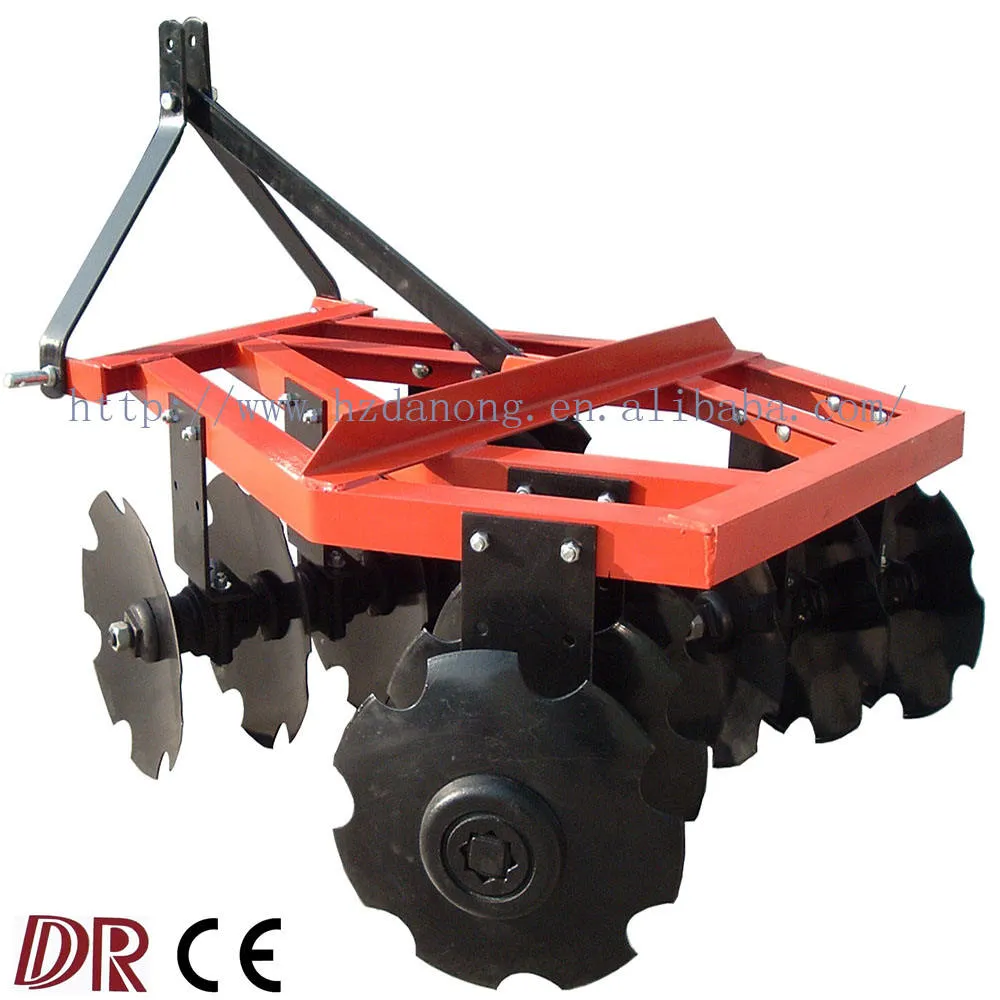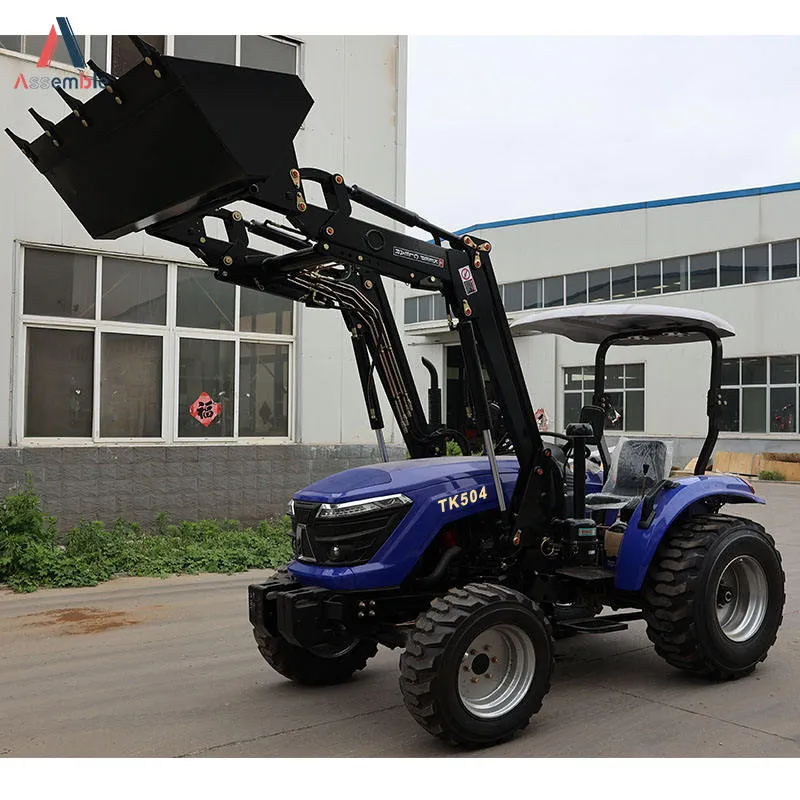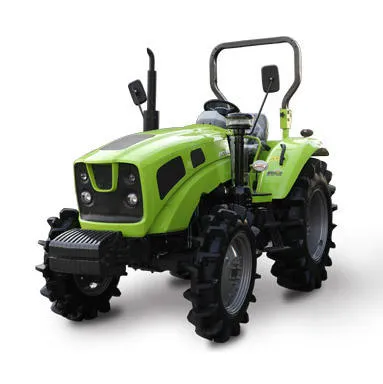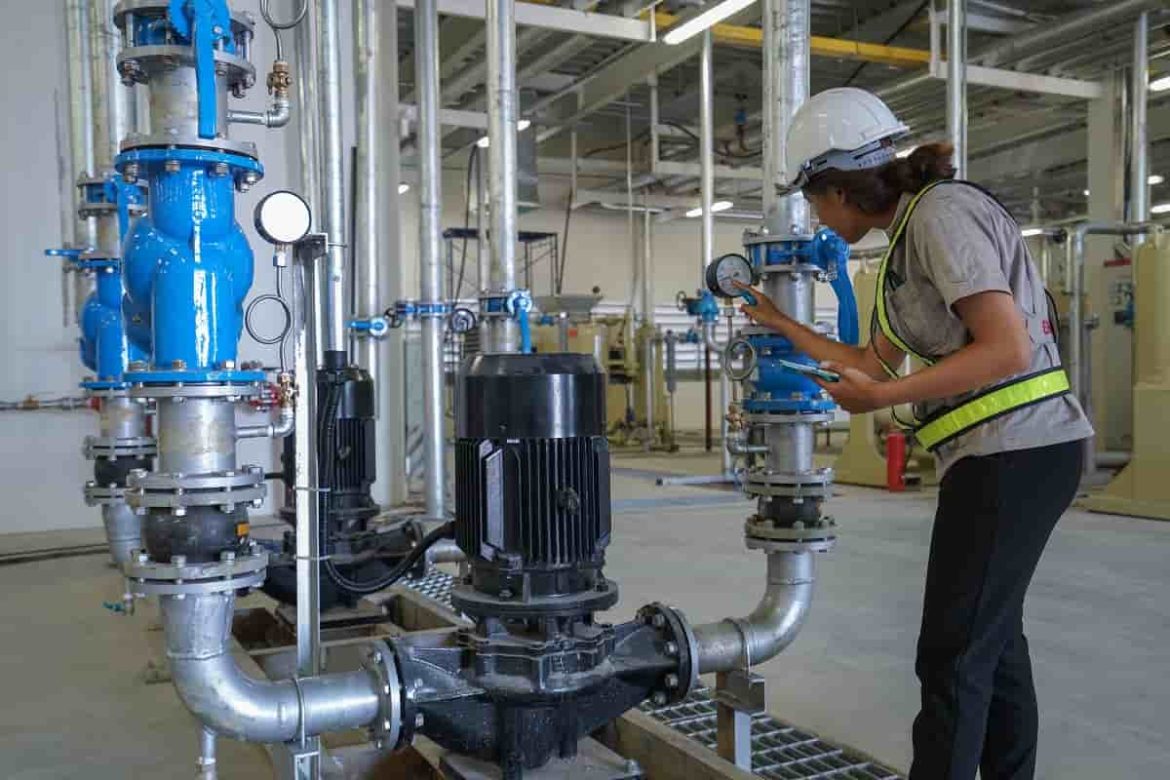Operational Life Cycle and Impact on Costs of Tractors in Switzerland
Assuming the full exhaustion and costs impact of tractors, the low annual usage cycle of agricultural machineries in Switzerland leads to a longer operational life
Tractors for sale
To determine the cost of an additional year of operation, we calculate Life Cycle Costs (LCCs), which include all costs over the entire service life of an 82kW four-wheel drive tractor, assuming full utilization of an estimated 10,000 hours of service life in between is 30 years and with corresponding annual usage between 1000 hours and 333 hours
An important finding is that an additional year of service increases the LCC by 4
5% of the tractor’s purchase price
In addition, we perform a sensitivity analysis using discount rates from 0% to 4%, recognizing that a relatively high discount rate of 3% results in approximately the same LCCs for all operating versions
We conclude that annual use and the resulting lifetime have a strong impact on life cycle costs
The short lifetime coupled with high annual usage is a promising strategy to significantly reduce machine costs
Agricultural surveys of agricultural machinery in Switzerland have shown that the signs of use are generally minor
For example, the 529 four-wheel drive tractors had an average annual usage of 313 hours
Given the estimated useful life – also known as the estimated technical useful life – for 10,000-hour tractors, a tractor should be in service for 32 years
Accordingly, most tractors can be financed and maintained for several decades
In view of the strong international competition, the question arises as to what influence the service life – also known as the mechanical service life, operating time or service life – has on the machine costs
We are particularly interested in the cost of an additional year of service
Achieving this requires a holistic analysis or Life Cycle Cost Analysis (LCC) that encompasses all the costs involved in owning, operating, maintaining and ultimately disposing of the project
According to the Lichtenvort et al
, a traditional LCC analysis focuses on real, intrinsic costs from a market player’s perspective and is also known as financial life cycle costs
Besides the traditional LCC, the environmental LCC analysis also includes external costs, followed by the social LCC, which covers all costs incurred by everyone in society, including the environmental LCC
As reported by Saccani et al
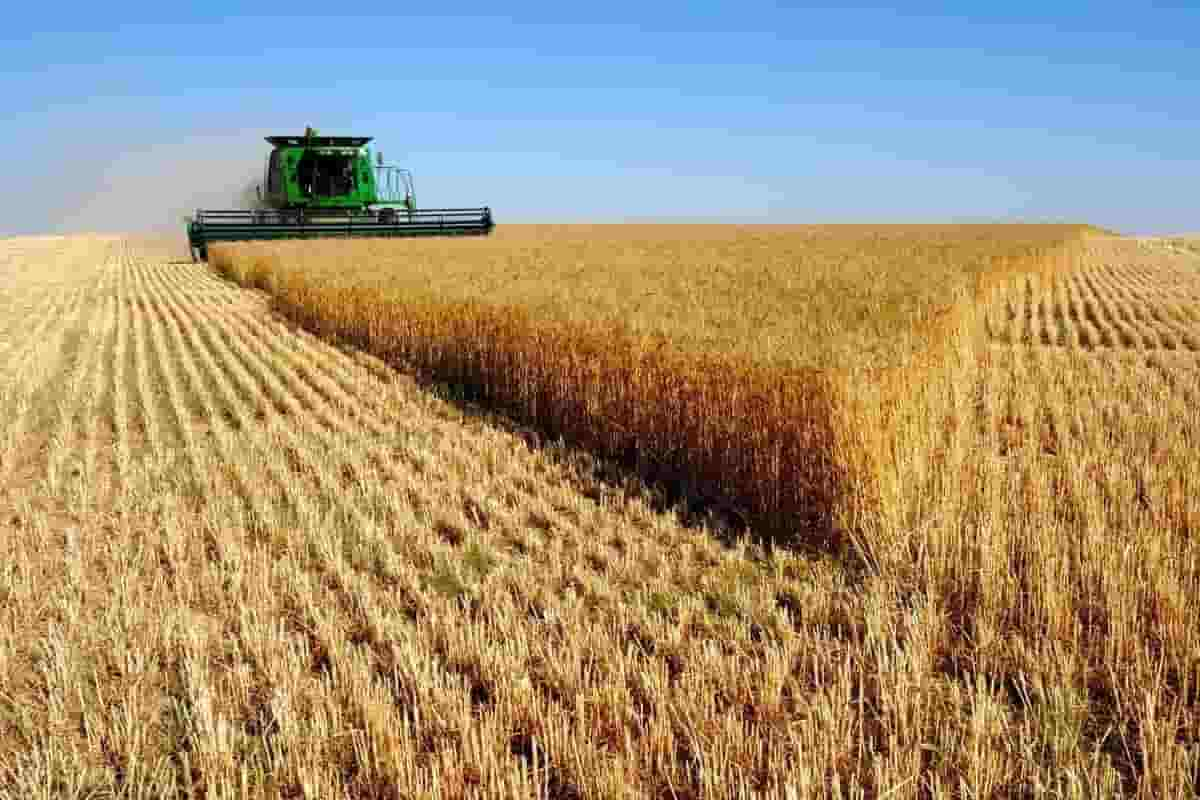
Tractors in india
Life-cycle costing takes a product perspective, while total cost of ownership (TCO) takes the perspective of the buyer—in our case, the farmer—in contrast to traditional life-cycle costing, which does not, or only to a limited extent, accounts for transaction costs
Several analyzes of the LCC of a tractor can be found in the literature
Lichtenvort et al
According to this, the General Accounting Office in the USA introduced LCCs for tractors as early as 1933
Jekayinfa et al
Three types of tractors in Nigeria analyze LCC substitution policy
Assuming uniform annual usage, the authors report both the cumulative total cost over a 12-year period and the average total cost per year
While the average total cost per year is initially low, it increases again between the eighth and ninth year, which the authors say is the rule of thumb for replacement
According to Mousazadeh et al
Derive the LCC for a conventional combustion engine tractor and a solar-assisted plug-in hybrid electric tractor
External costs of CO2 equivalents are considered when performing an environmental LCC analysis
With the same engine power of both tractors and a comparison period of 25 years, the environmental LCC of a conventional tractor is 1
7 times that of an electric tractor
As far as we know, in relation to machinery in agriculture or elsewhere, lifespan and its implications have never been addressed in the LCC literature
This paper aims to fill this gap by calculating the life cycle cost for a specific tractor type
Assuming full utilization of the estimated service life, five operating variants with different operating times are compared
Conventional LCCs Analysis
For the analysis, we focused on an average sized tractor for the present investment and selected an all-wheel drive model with an 82 kW (kW; equivalent to 111
5 hp) engine
As mentioned above, we have assumed an estimated service life of 10,000h, which is the functional unit
Because tractor drivers can vary widely in terms of skill and experience, we have not assumed end-of-life costs or profits to focus on the impact of tractor costs that have not been accounted for, consequently potential costs of tractor disposal, Residual value after estimated useful life and omitted Since transaction costs were not considered important to our analysis, we also assumed that they are zero
According to this, there are neither costs associated with the purchase of a tractor (e
g
, working time to compare the prices of different makes of tractor) nor positive effects such as price reductions through price negotiations – the farmer
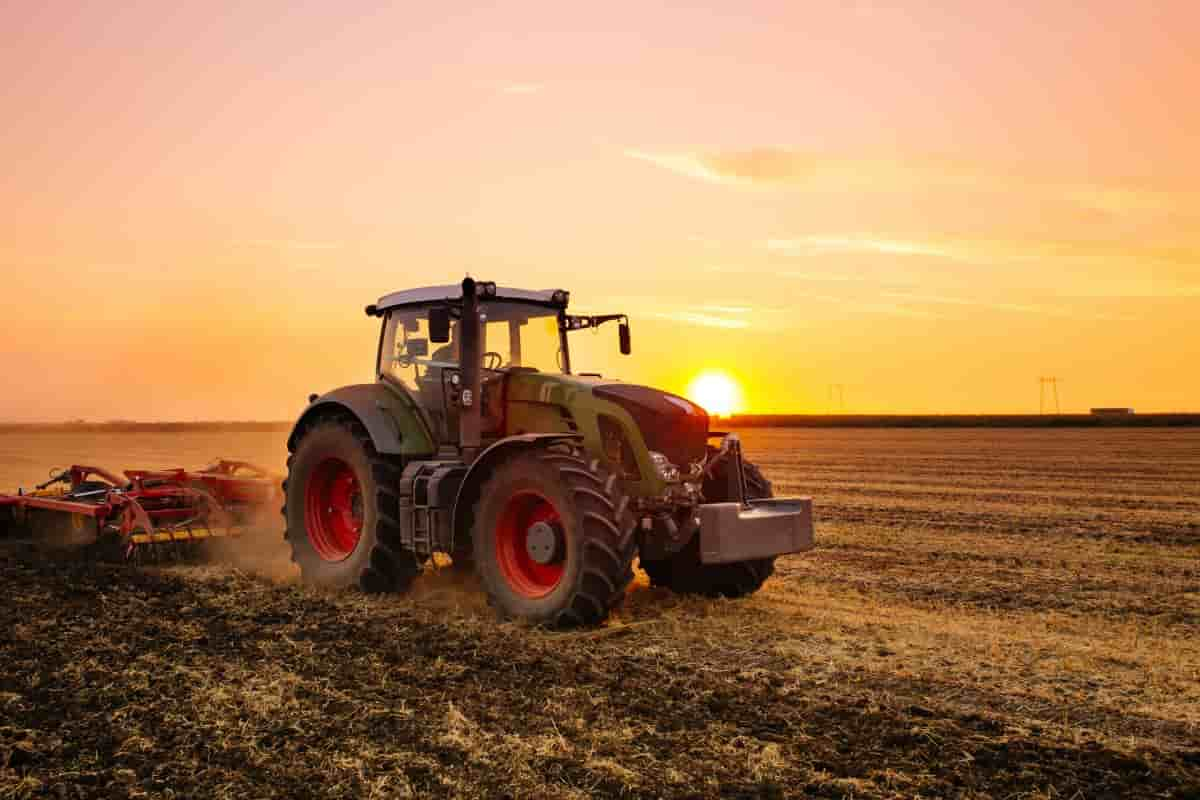
Tractors near me
In addition, the situation here is similar to that in mechanical engineering, where LCC often equals TCO because transaction costs are of secondary importance compared to purchase price and operating costs
Capital Costs
The investments include depreciation and interest
The average purchase price (PP) of the tractor in question was 110,000 Swiss francs (110 kCHF); average price 2016; 1 CHF = 0
92 EUR = 1
02 USD; https://data
snb
ch, retrieved on January 9, 2017)
PP refers to price lists and does not consider possible price reductions due to negotiations
We took over the entire external financing and applied an interest rate of 2
5%
The latter reflects the average of different types of credit
To provide a consistent cost per year, we have calculated the annuity cost (AC), also known as the annual capital recovery cost (ACRC)
Discounting
As a semi-dynamic method, traditional LCC analysis deals with costs that occur at different points in time
For reasons of comparison, we have converted all costs in the first year, the year of purchase of the tractor, to the present value (PV)
Throughout the period up to 30 years, we have had annual payments equal to the present values of our four expense items
Because prices cannot be predicted for such long periods of time, we assumed that without adjusting for inflation, since we were dealing with long time periods, they would remain constant, so we needed to find the time value of individual farmer’s money for future spending using discount rates Davis et al
suggested this effect as an opportunity cost of capital
By discounting, current expenses are valued higher than future expenses, which means that the money can be used for other purposes in the meantime
